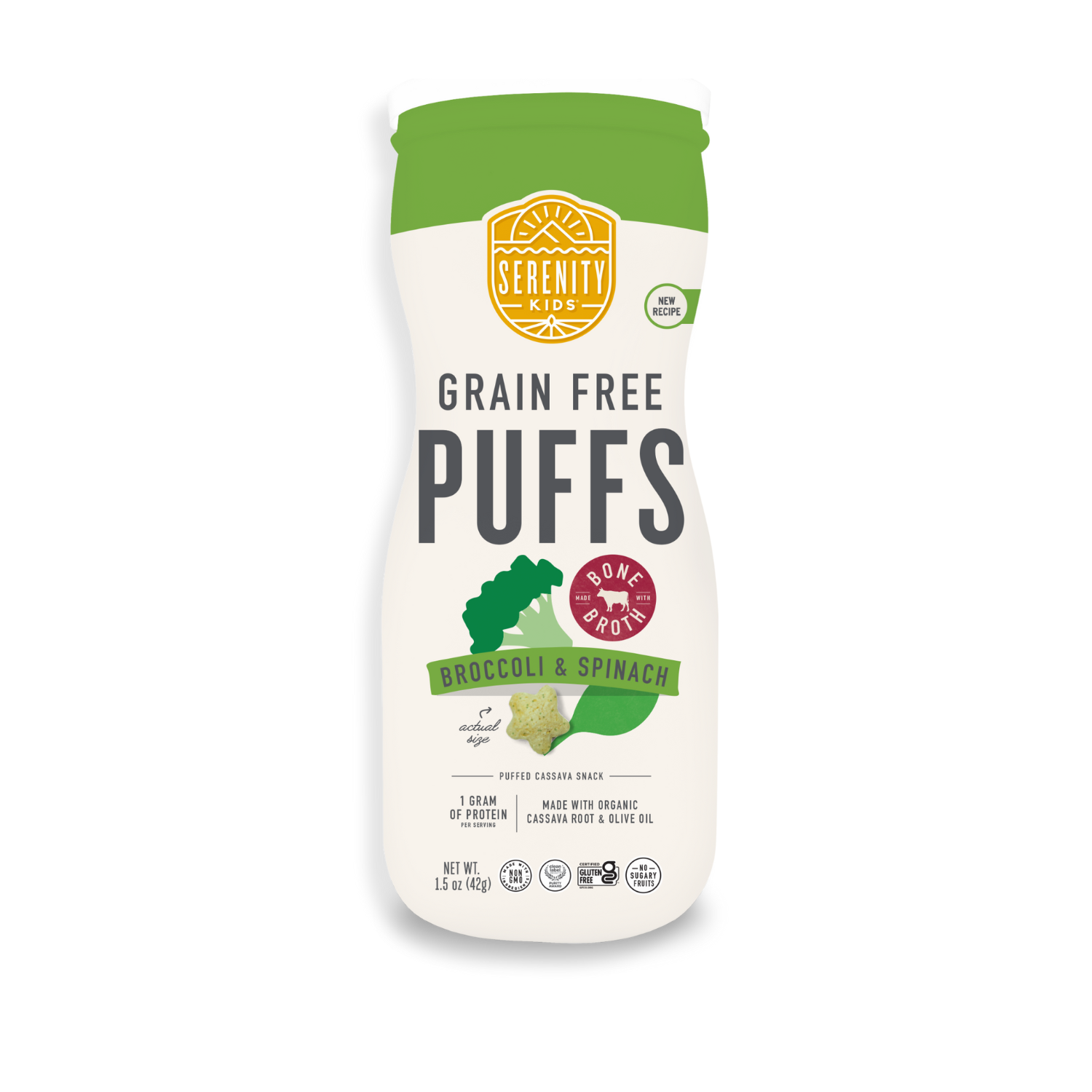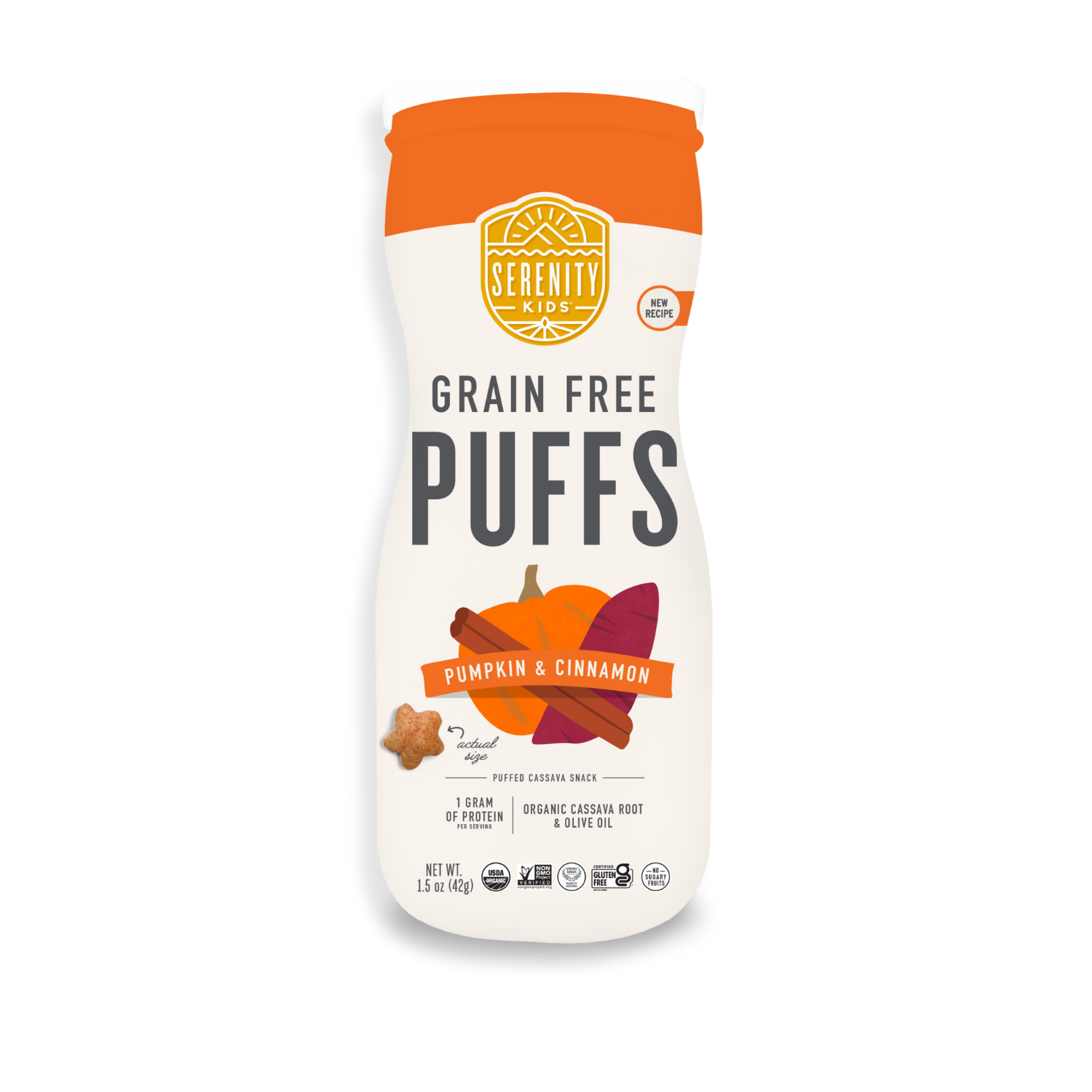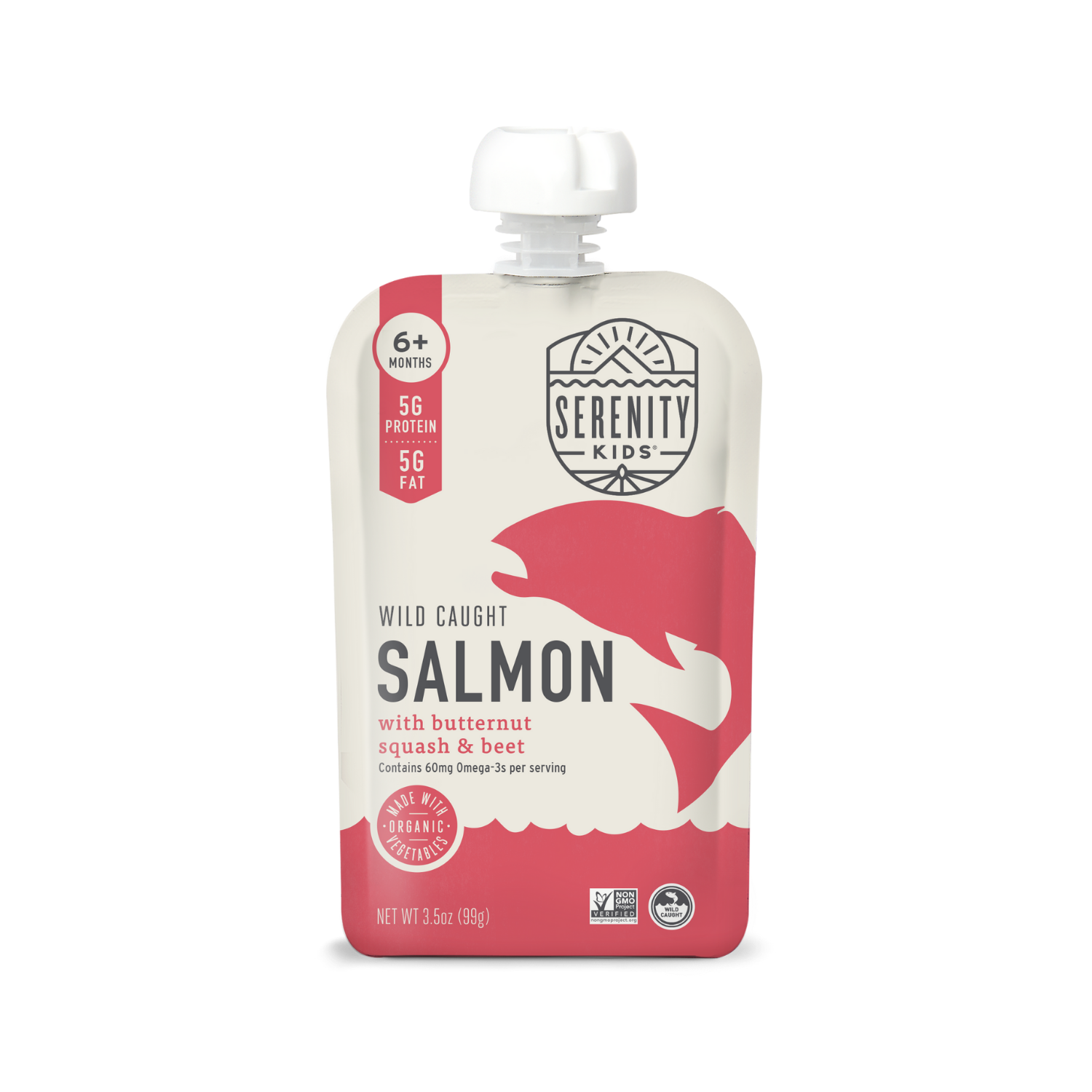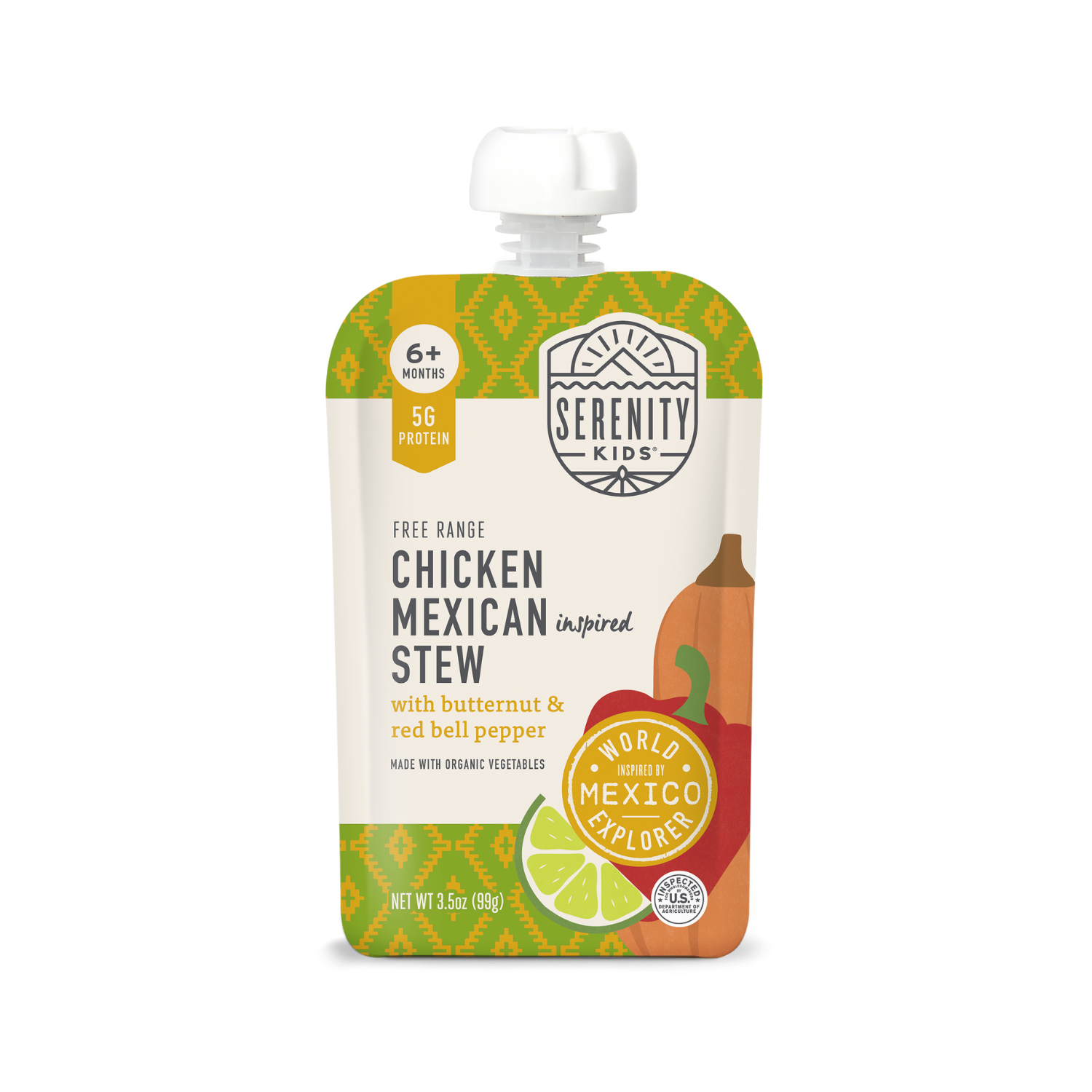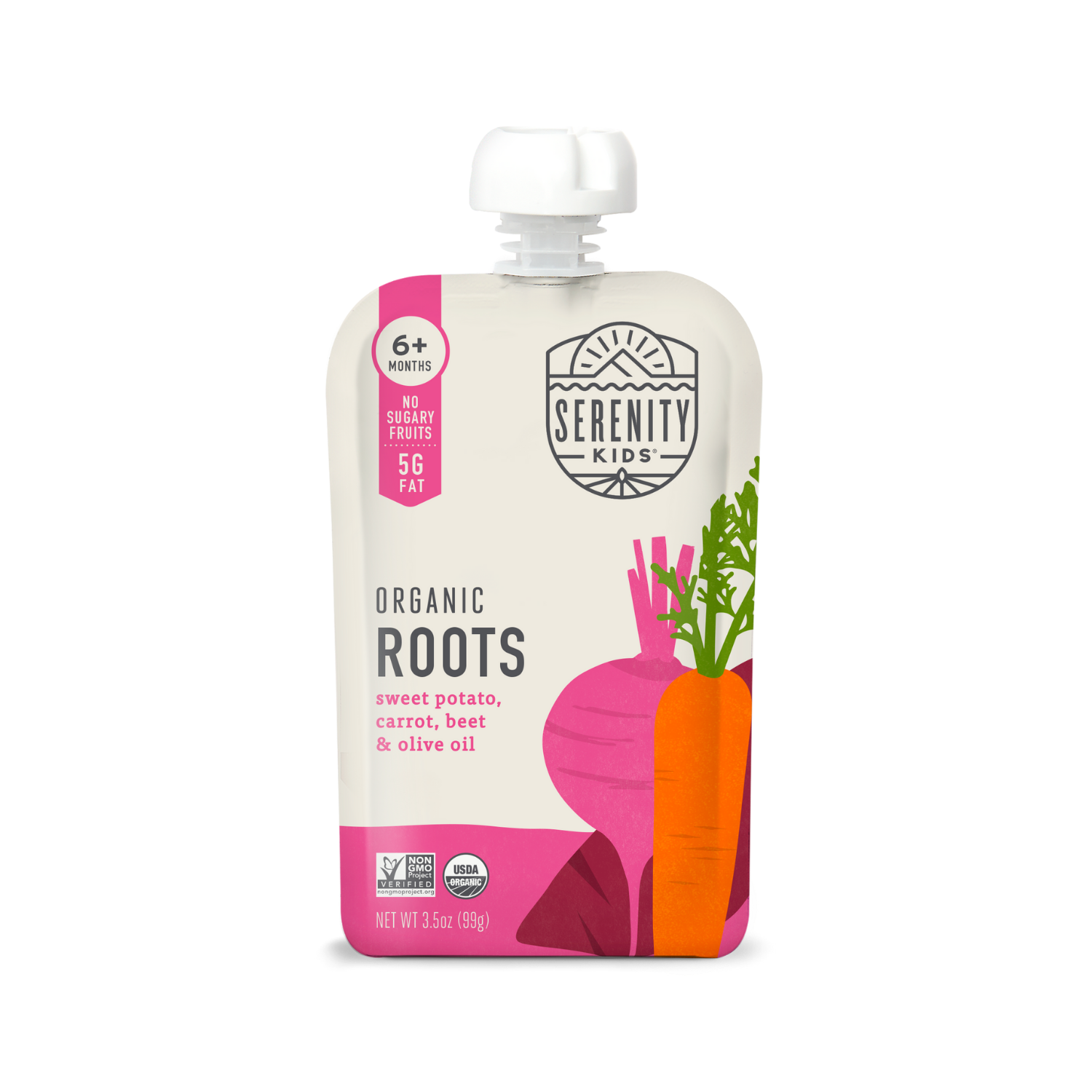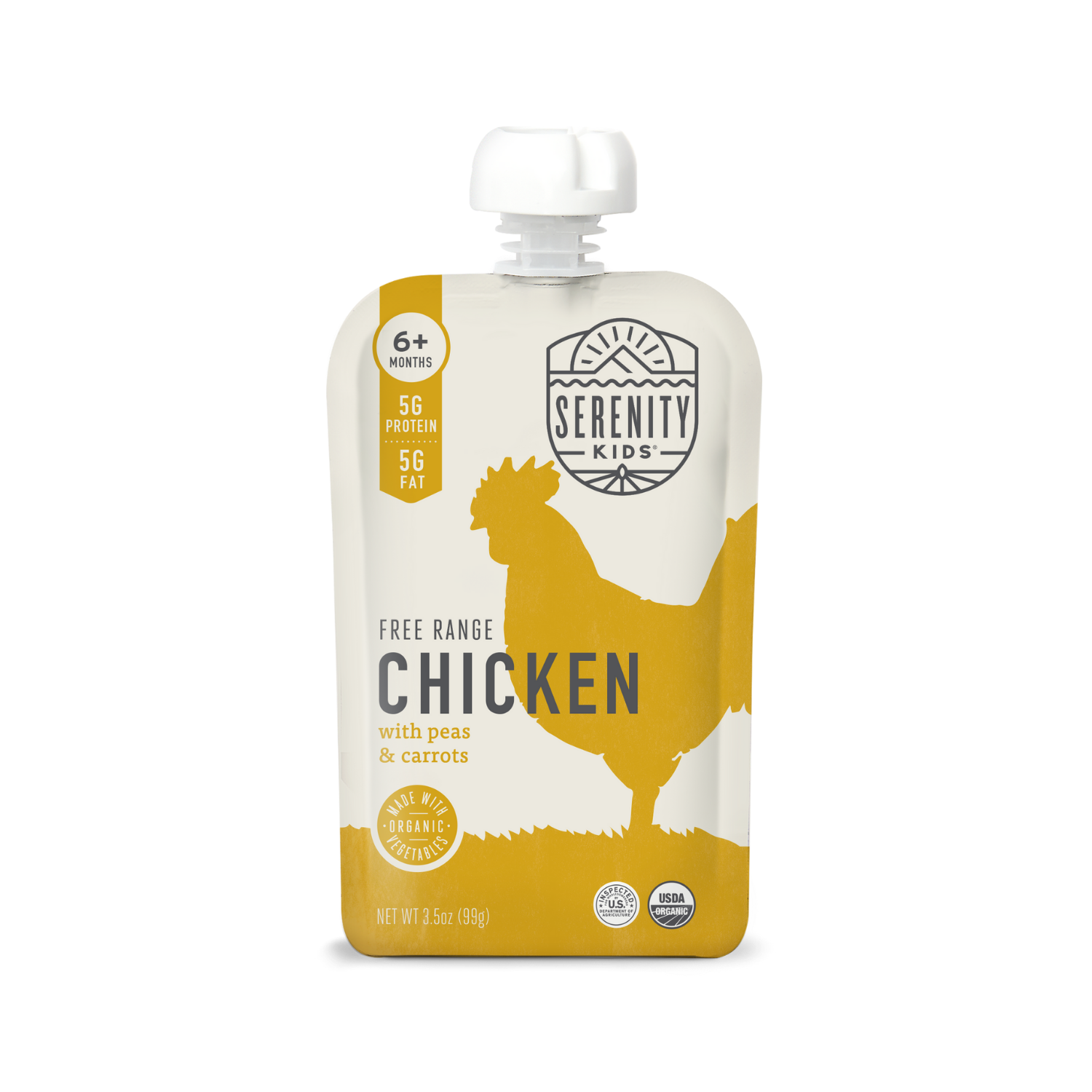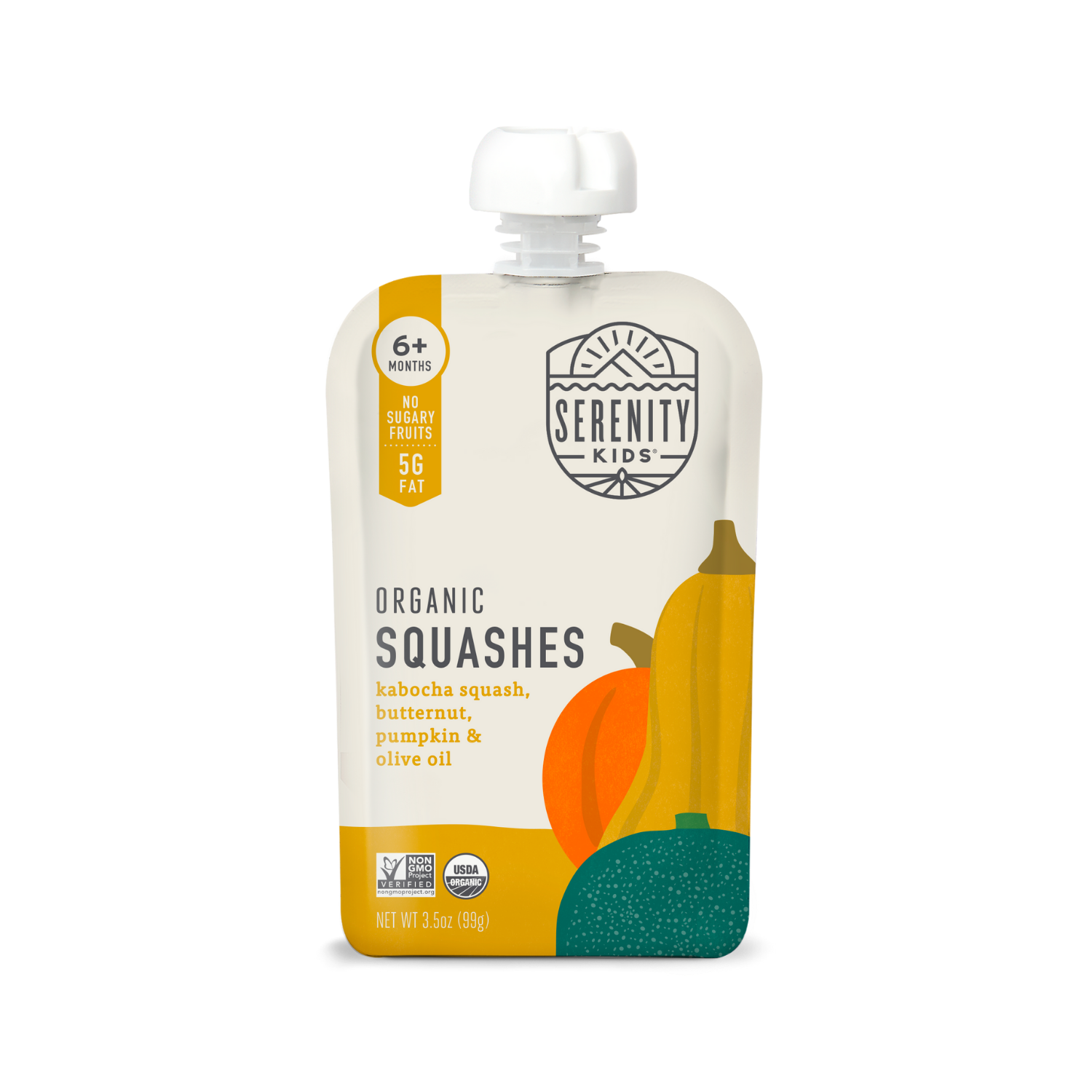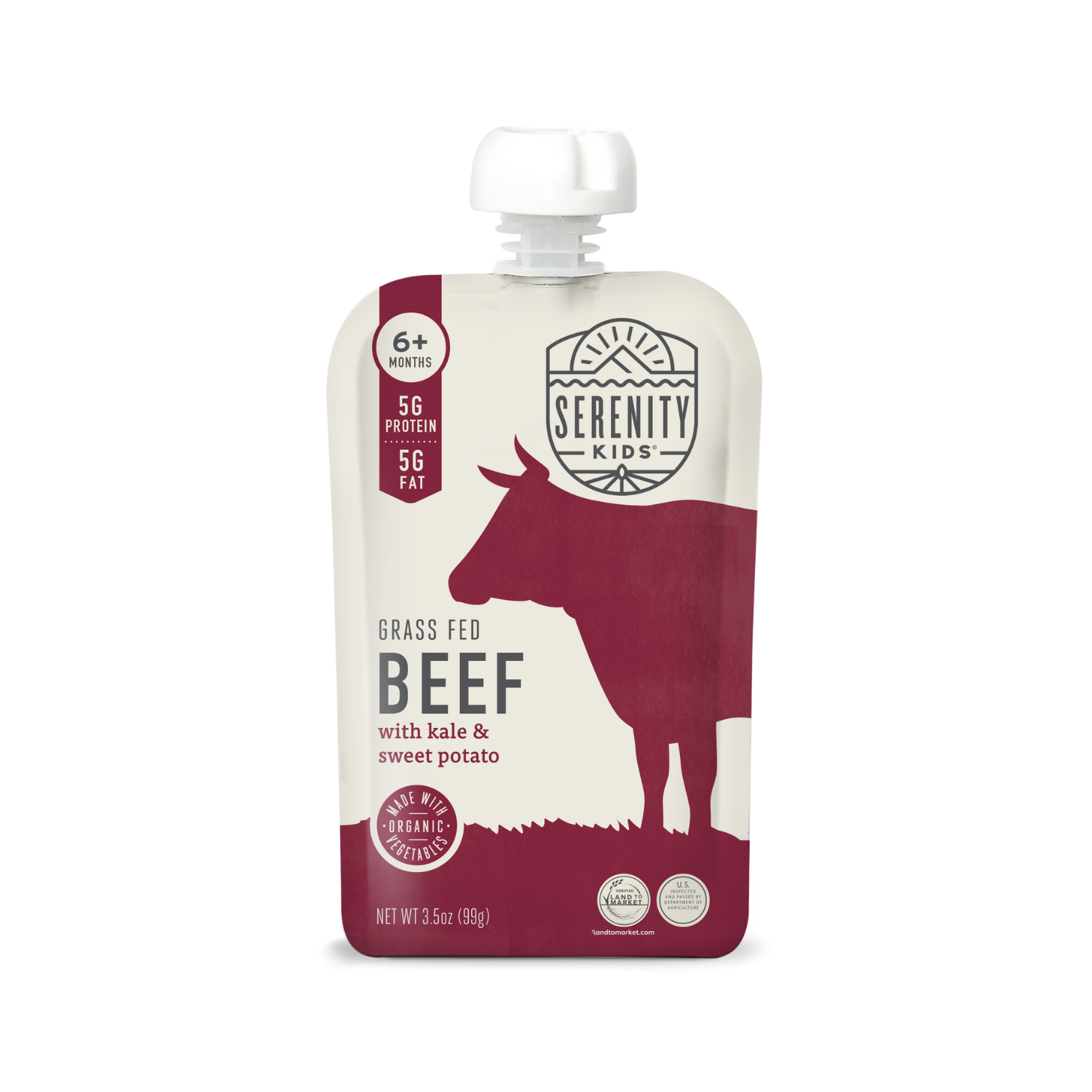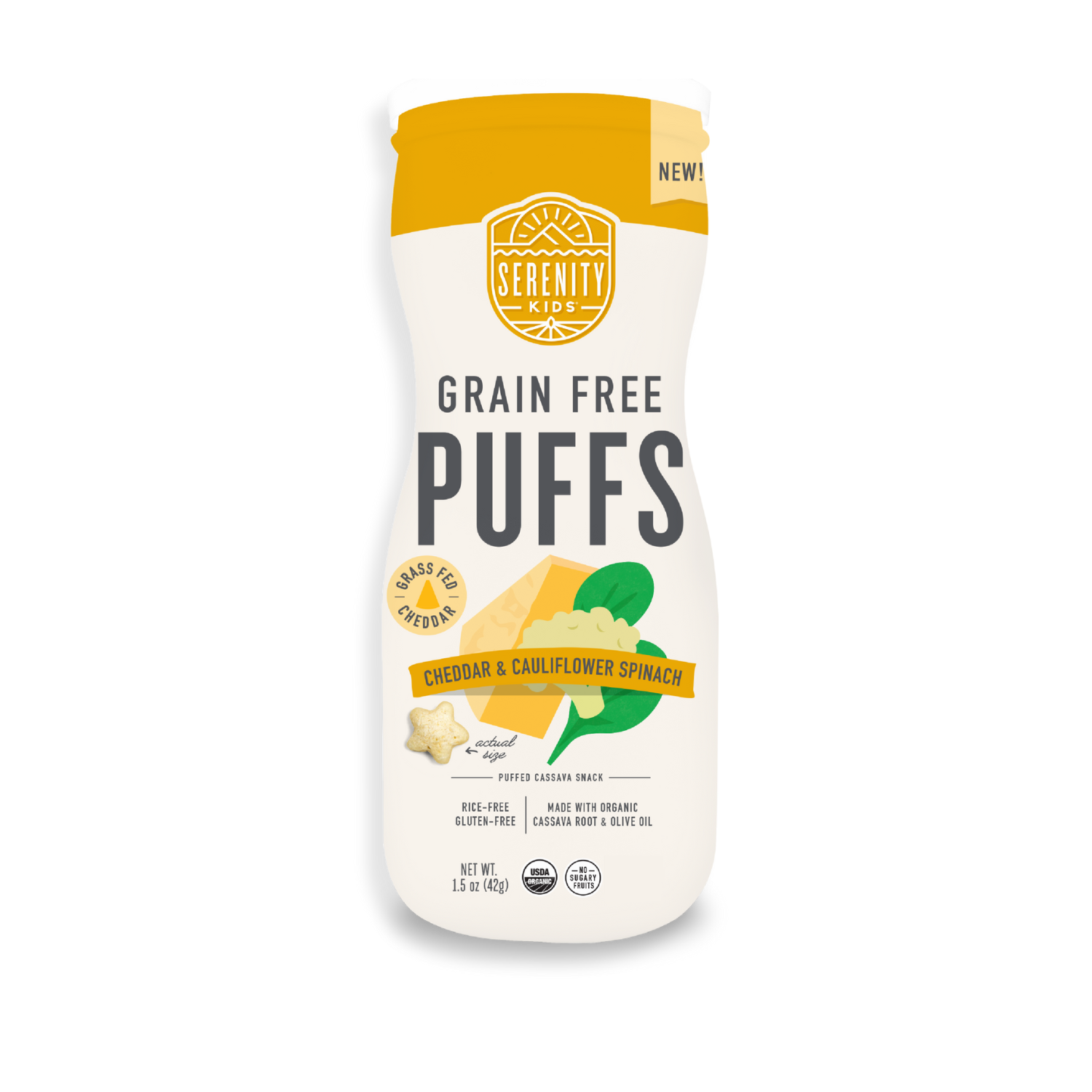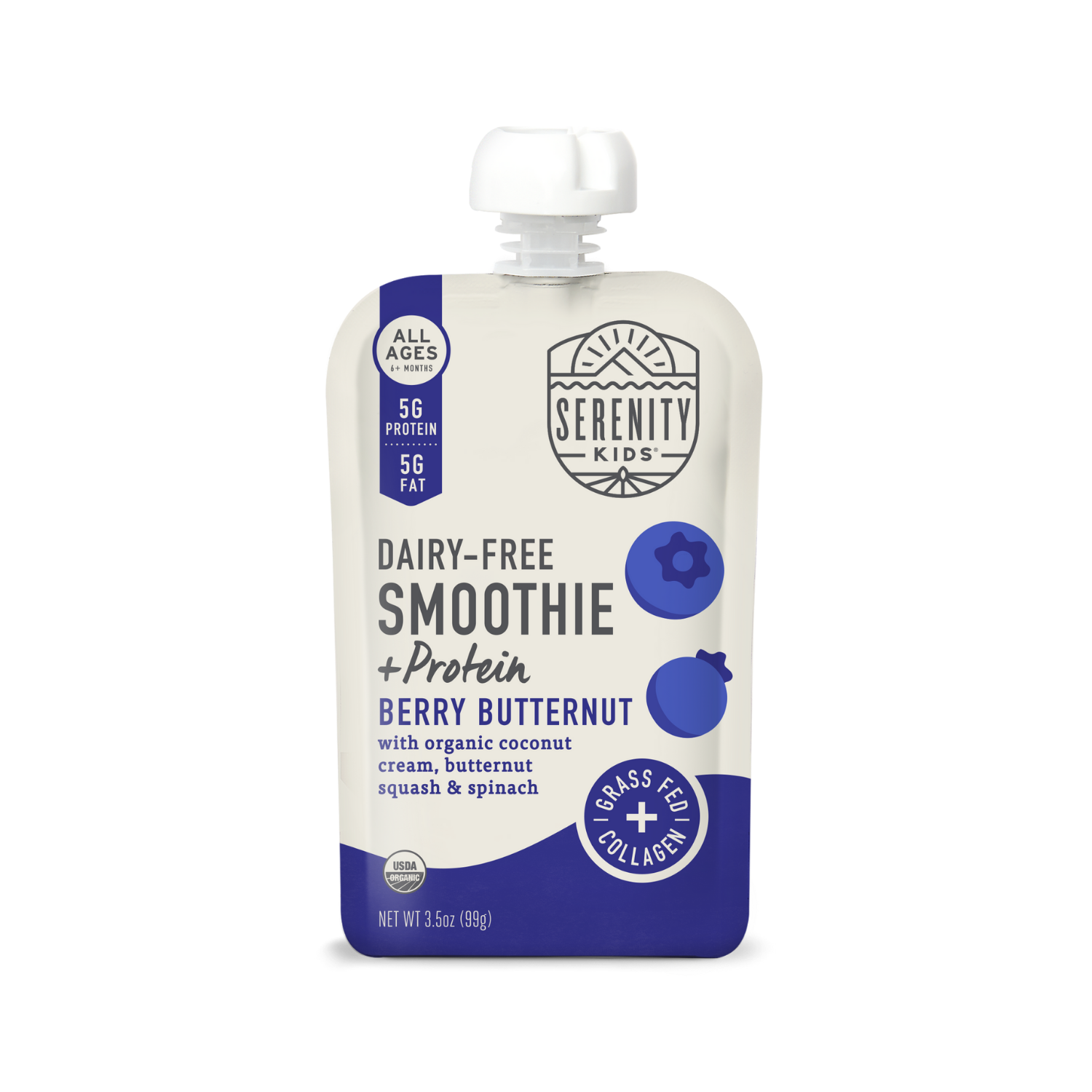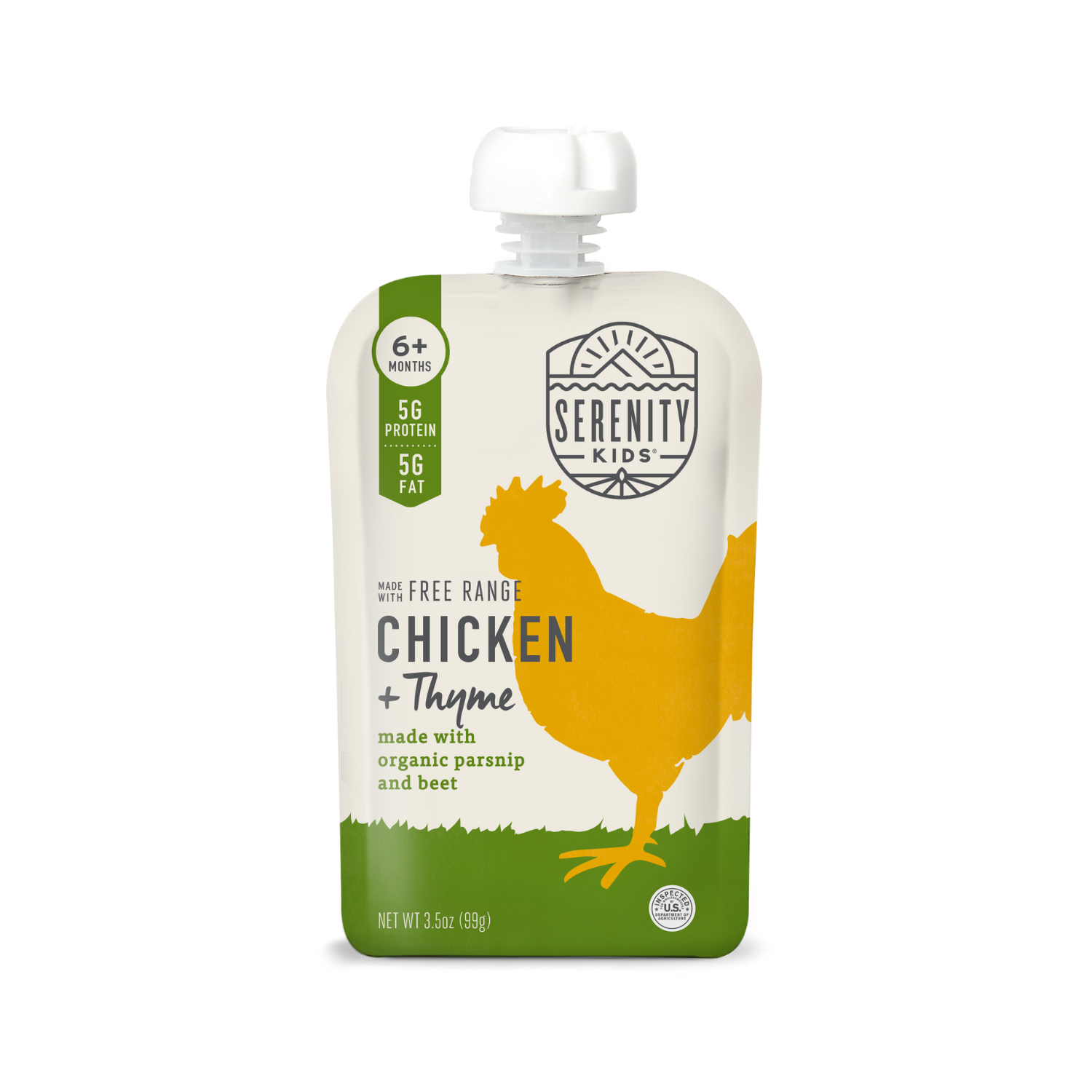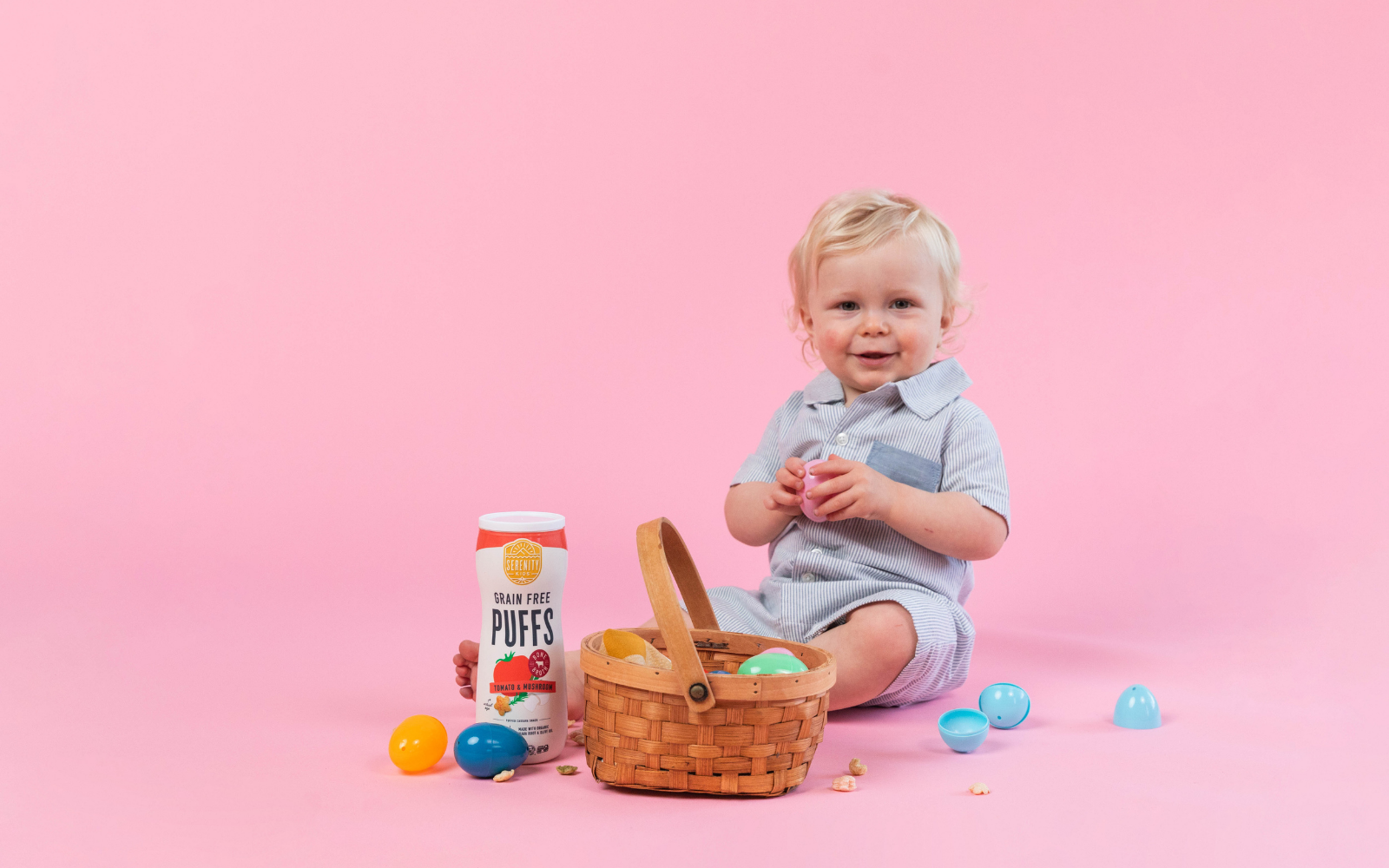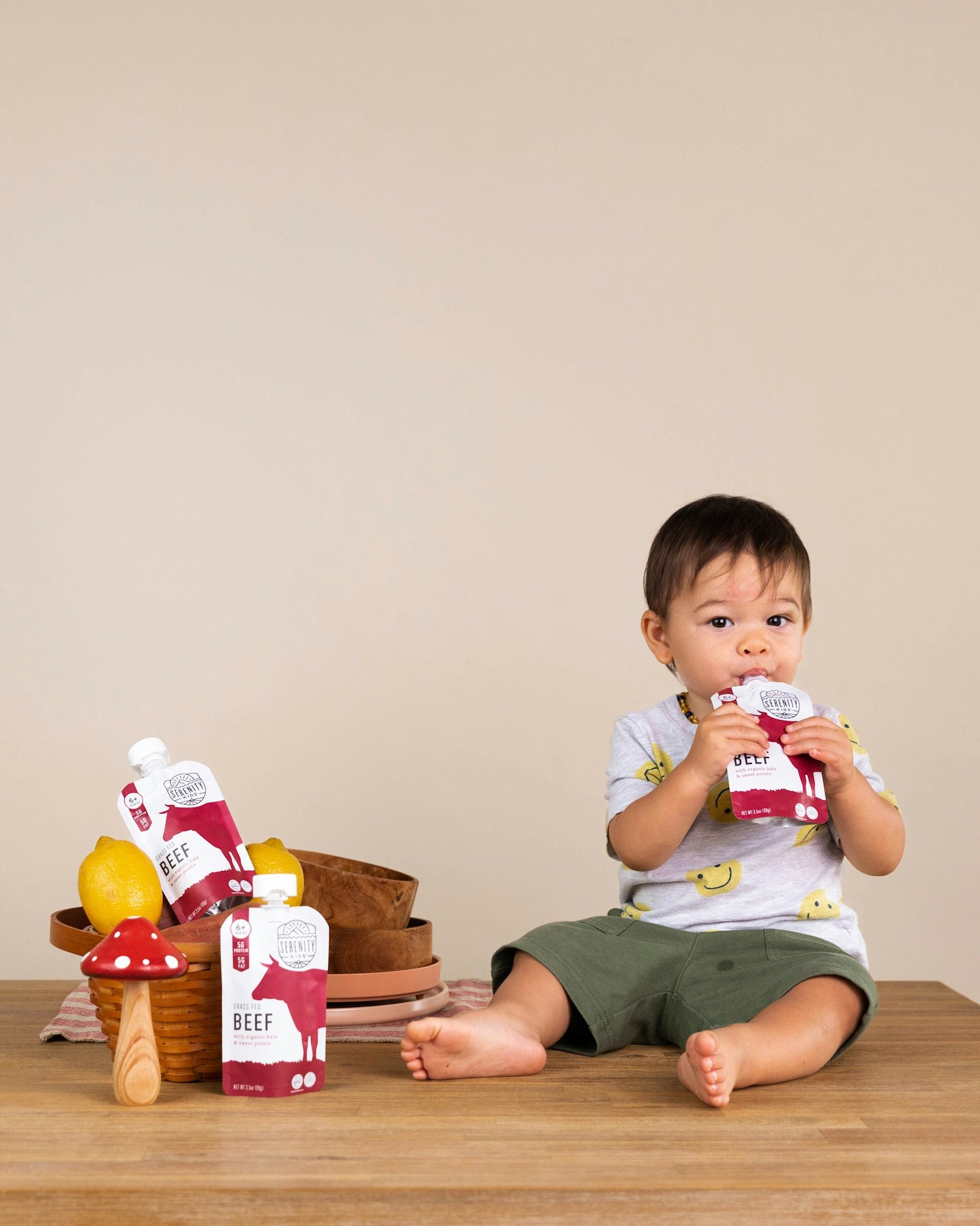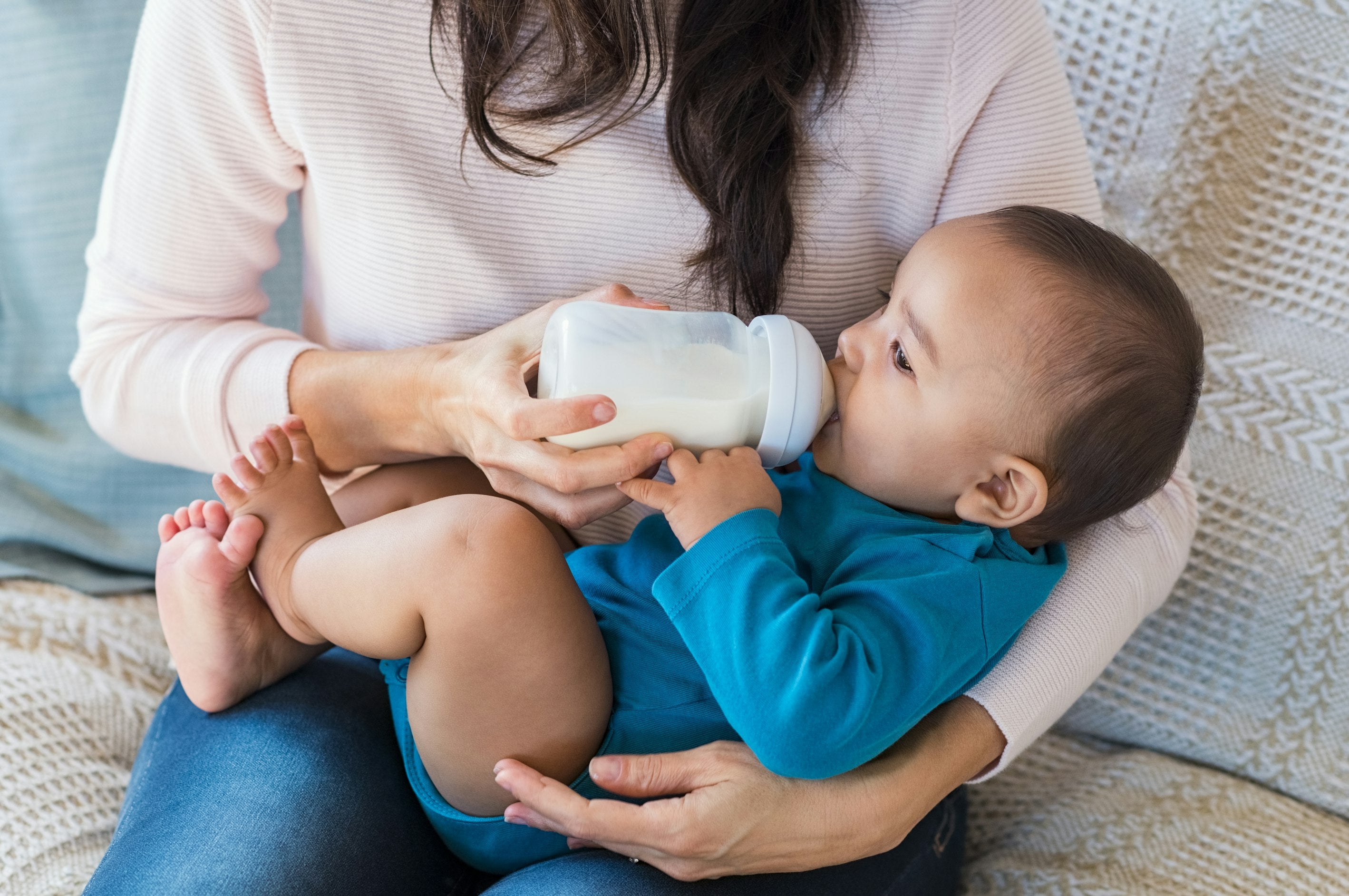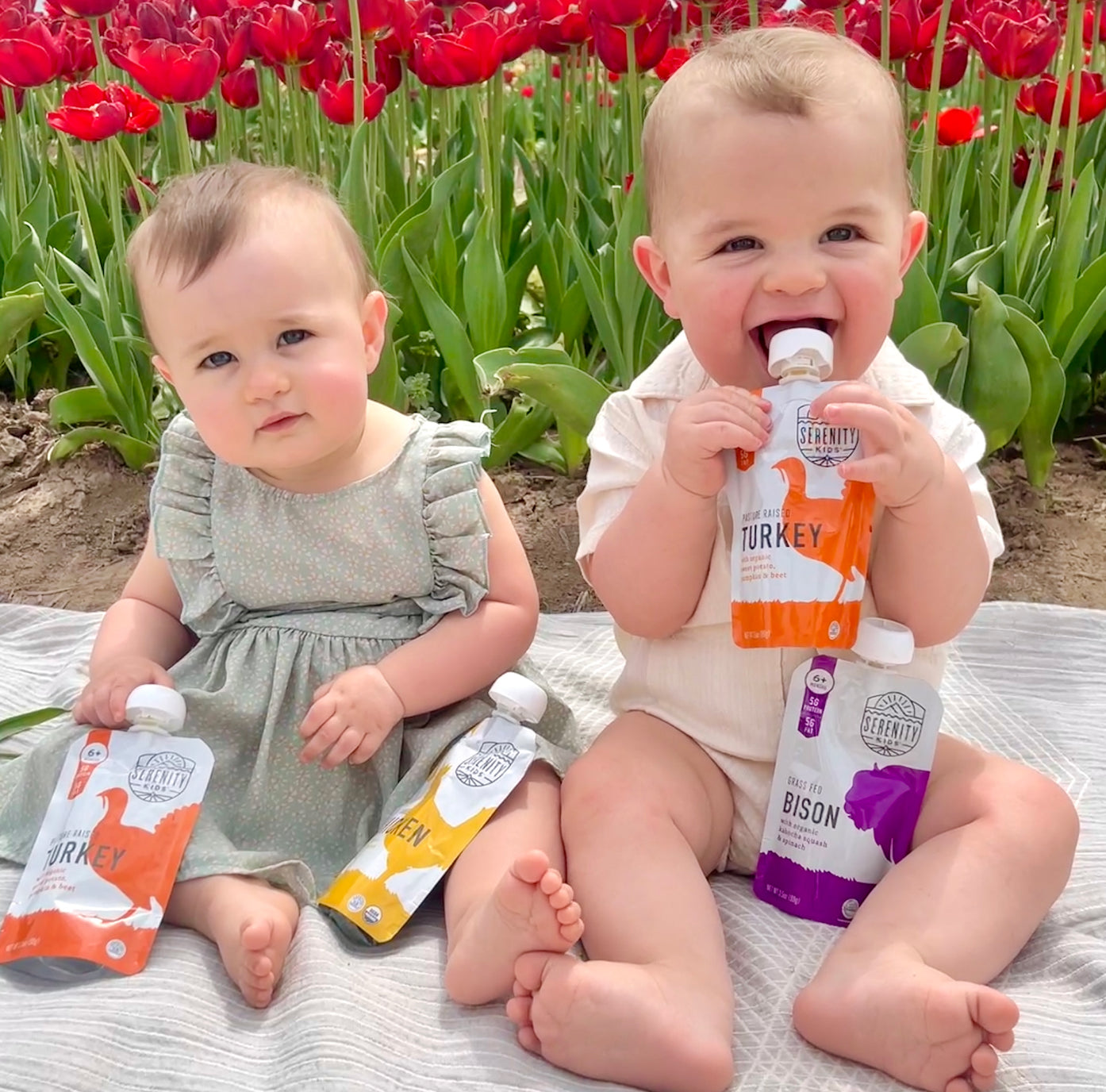When you decide to dive into the massive amount of information surrounding when and how to introduce solid foods to your baby, you’ll almost certainly see reference to the pincer grasp. So, what is it? When does baby develop it? And why is it important?
What is the pincer grasp?
The pincer grasp is the action of pinching together the index finger and thumb to hold an item. It’s the process you’d use to pull a straw out of a container or pick up a crumb from the floor. The pincer grasp is something we don’t think much of as an adult, but it is an important milestone in a baby’s fine motor development.
When does the pincer grasp develop?
A baby will typically start to develop a pincer grasp around six or seven months of age, and learn to perfect the skill around nine or ten months of age.
Of course, all babies develop at different rates, so don’t be alarmed if yours falls a bit behind or ahead of these general guidelines. Some skills you may see baby using to practice the pincer grasp are the palmar grasp (when they bring the fingers in toward the palm to curl their fingers around an object) and the raking grasp (when they use the fingers other than the thumb like a rake, curling the top of the fingers over the object to bring items toward them).
Why is the pincer grasp important?
The pincer grasp is important for babies because it allows them to pick up pieces of food and bring them to their mouth. It is an important skill to have in order to be able to self-feed and learn independence while exploring different tastes and textures.
Of course, it isn’t necessary for a baby to have nailed the pincer grasp completely before they start eating. A baby can safely start solids, especially purees, when they are still developing a pincer grasp. Allowing for the ability to flex between the health benefits of purees and the experiences of baby-led weaning is why we love the BLISS approach after all!
How can you support development of the pincer grasp?
Just like anything else, practice makes perfect! So give your baby opportunities to try out the skill. Demonstrate it yourself and allow them to explore themselves. A great tool for practicing is our grain free puffs (try out our latest flavor - Sweet Pepper Basil)! They are small, light, and not slippery, so baby can get a good grip. Best of all, they are flavorful and nutritious, so when baby does get some into the mouth, they’ll be exposed to a variety of savory flavors.
Other great foods for babies to flex their fine motor skills are avocado, tomatoes, sweet potatoes, and pieces of salmon, liverwurst, or meatballs.
SHOP GRAIN-FREE PUFFS
Make food fun
Introducing solids and learning to eat should be a fun and low stress journey. Make mealtimes for baby an opportunity to explore flavors and textures along with the rest of the family, and skills like the pincer grasp will naturally develop as baby is exposed to the different elements of a mealtime experience.
All content within this site is not intended as medical diagnosis or treatment and should not be considered a substitute for, nor does it replace professional medical advice, diagnosis, or treatment. If you have any concerns or questions, you should always consult with a physician or other healthcare professional.





